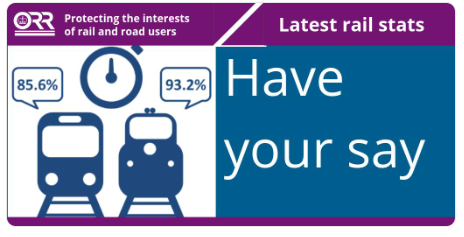We all want our trains to be on time! But what do we mean by on time?
The rail industry has changed how it measures trains’ performance so in ORR we need to change as well. We are now using ‘to the minute’ train performance data as the main method of measuring punctuality.
The aim of these changes is to better reflect passengers’ actual experience rather than the mechanics of a train arriving on time, or not.
The rail industry has worked together to develop a different way of reporting train performance, with the aim of better reflecting passengers’ experience.
So at ORR, we’re changing our punctuality and reliability statistics in line with the way industry is measuring performance. We always consult on any changes however so we’d like your views on those planned changes by 15 July.
What are the changes?
The old punctuality measure, known as the Public Performance Measure (PPM), considered a train to be ‘on time’ if it reached its final destination within 5 or 10 minutes for short distance and long-distance services, respectively.
The new ‘on time’ measures record train punctuality to the minute at every recorded stop on its journey. Punctuality now takes account of the train’s performance across its whole journey : - early; within a minute of the timetabled arrival; or within three, five, 10 or 15 minutes; and after 15, 20 or 30 minutes.
The reliability measure, which we were using up until 31 March - Cancelled and Significant Lateness (CaSL) - has been replaced by the aptly-named Cancellations, which measures the percentage of trains that are cancelled.
More details on these and other new performance measures are available in this video produced for the industry.



